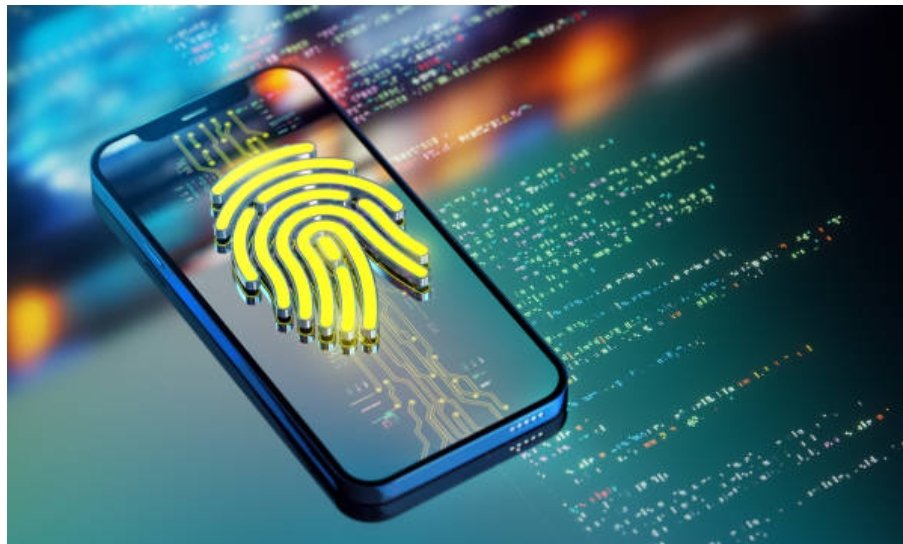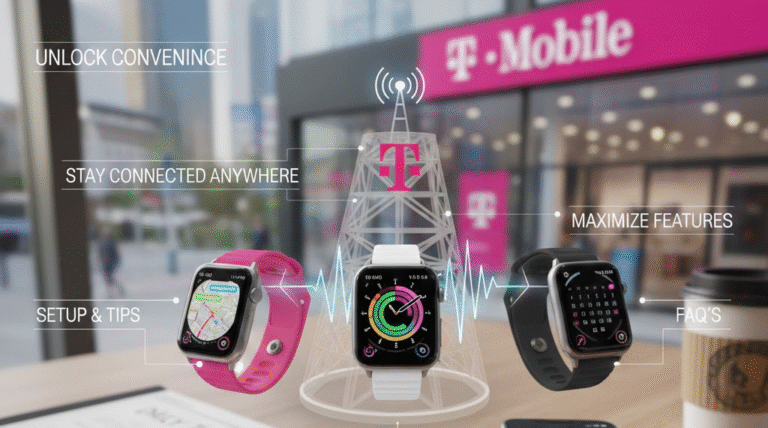
Digital identity verification has transformed the world by revolutionizing how the user authenticates the identities of this digital landscape. It combines advanced technologies and data analytics, such as AI and machine learning, to identify the risks associated with identity and financial crimes. This transformation has a huge impact across various industries like finance, healthcare, and e-commerce, where identity verification is crucial.
In January 2023, a survey found that many people worldwide had problems with their computers or phones because of viruses. Four out of ten adults said this happened to them. About 35 percent also faced scams on their mobiles or through text messages, and 30 percent got tricked by phishing scams. Additionally, around 25 percent received scam emails asking for money. These numbers show that cyber scams are quite common and affect a lot of people globally.
Working Mechanism of Digital Identity Verification
The first step in digital identity verification is capturing and examining identity documents. These documents are passports, driving licenses, ID cards, etc., which are captured by scanners and cameras. After recording, these documents are further checked for validity of identity by recognizing the security features of holograms and watermarks. The system then extracts the key information using Optical Character Recognition (OCR) technology by comparing it with trusted databases. They extracted information such as name, date of birth, ID number, etc. The individual identity is confirmed by biometric verification, such as fingerprint matching and facial recognition because it adds an extra layer of security for the authentication of ID.
Another technique used in this process is liveness detection, which is used to make sure that a person is physically present during the verification process. This step is used to combat fraudulent activities. Advanced algorithms and machine learning scrutinize this data and assess the risk level, which provides the verification outcome and is announced as legitimate for further examination. The verified identity is considered authentic, while the others are considered fake. This comprehensive process ensures accuracy in various healthcare, finance, and e-commerce industries to maintain trust and compliance standards.
Use Cases of Digital Identity Verification in this Digital Era
There are various use cases of digital identity verification in this digital era, which are explained below:
Governmental Institutions
Governmental institutions require verification services because of their high susceptibility to potential risks. Government services contain verified identity credentials which imposters can easily hack. Therefore, it is important to have a strong authentication system for identifying suspicious doings. Digital identity verification provides a data encryption solution and eliminates the risk of third-party involvement in any type of illicit activity.
Financial Services
The utilization of digital identity verification in the finance sector is considered the most highlighted use in this digital era. Financial institutions need advanced solutions that meet the regulations of highly authorized departments, which are mentioned below:
- Know Your Customer (KYC)
- Customer Identification Program (CIP)
- Federal Financial Institutions Examination Council (FFIEC)
- Anti-Money Laundering (AML)
Thus, digital verification is designed in such a way that it complies with all the mentioned regulations. And it provides a source of reliability by identifying the scamming activities.
Tourism and Travelling Industry
Travel and tourism is a huge industry where users are required to verify their personal credentials like payment details and identity cards for buying tickets and registering for a hotel or a flight because there is a high chance of data leakage in these types of frameworks.
Biometric verification allows for secure identity authentication at airports while traveling. Customers are verified by passport scanning for onboarding within seconds. The same process is applied for the ID document verification process when the user is buying a ticket or booking a hotel. Therefore, identity verification services have a major role in this industry.
Smart Things
Vehicles, smart home appliances, and wearables have become every day assets for every user. Online user verification plays an important role in keeping things private, mainly designed for personal use. There are different levels of security required for other things, and biometric verification is one of the standard methods for touch or face ID to unlock mobile phones and laptops. Liveness detection is another tool for activating specific applications under required conditions. For example, when the user holds a key near the device for the signals to detect and activate it. The key is directly linked to the account, but these verification techniques are used for authentication.
Final Verdict
Digital identity verification has emerged as an impactful solution for industries which has moved their system toward an online trajectory. Its utilization of algorithms has provided the systems fast results, which announce the users as authentic or fake in seconds. Industries should follow digital identity services to make their systems more reliable.






